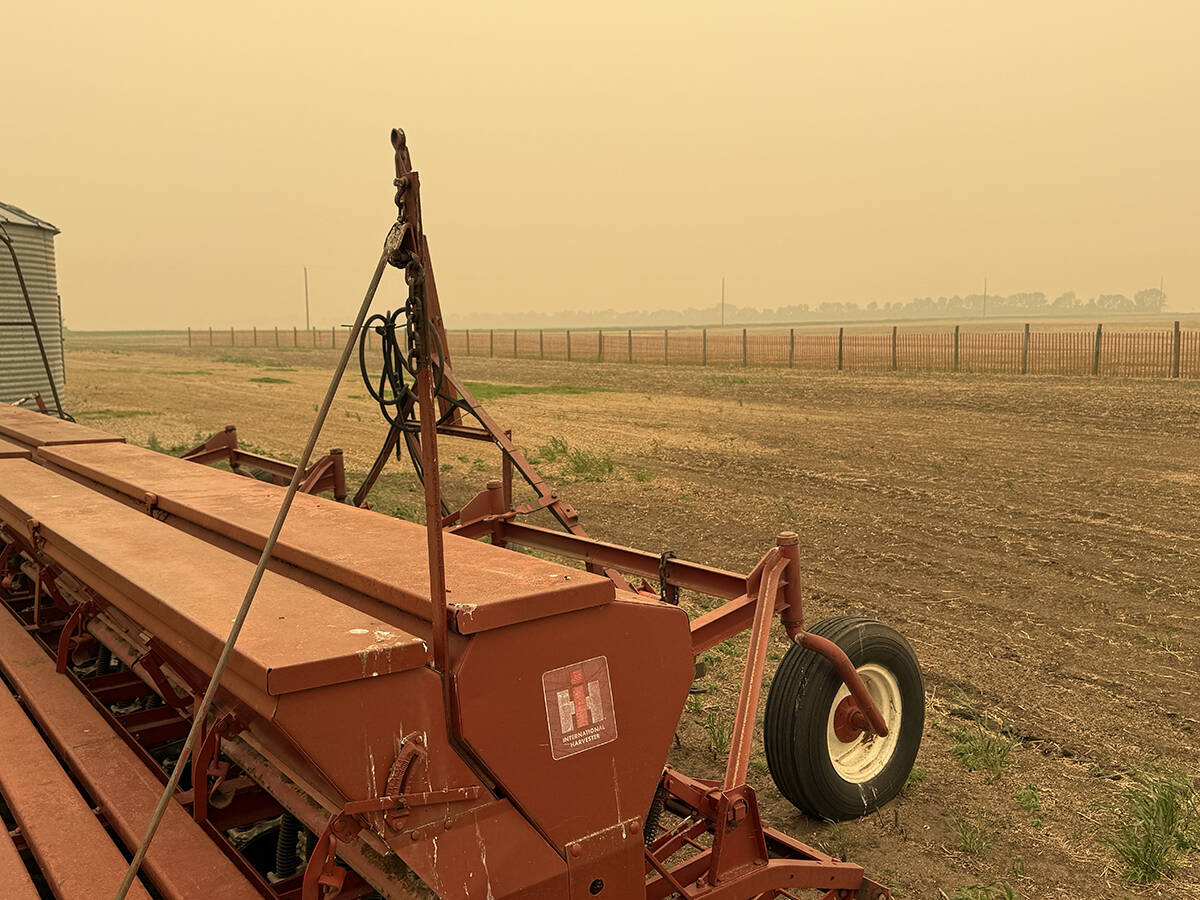The fate of $68.9 million in overpayments and penalties levied against the two national railways for exceeding their 2007-08 revenue caps is now in the hands of the courts.
That means it will be several months, perhaps more than a year, before the issue is resolved.
The legal battle will take place on two fronts.
First, both Canadian National Railway and Canadian Pacific Railways have filed applications with the Supreme Court seeking leave to appeal a Nov. 24, 2008, ruling by the Federal Court of Appeal.
Read Also

Wildfires have unexpected upside this year
One farmer feels smoke from nearby wildfires shrouded the July skies and protected his crop from the sun’s burning rays, resulting in more seeds per pod and more pods per plant.
That ruling upheld Canadian Transportation Agency’s calculation of railway costs for 2007-08, and included a one-time reduction of $72.2 million to reflect actual spending on hopper car maintenance, retroactive to Aug. 1, 2007.
The railways object to the CTA’s calculation of hopper car maintenance costs and say the ruling should not be retroactive.
The second legal challenge involves the Dec. 31, 2008, ruling by the CTA that the railways had exceeded their revenue caps by a combined $59.8 million and had to pay that amount, plus a 15 percent penalty for a total of $68.9 million, to the Western Grains Research Foundation.
CN is seeking leave to appeal that decision to the Federal Court of Appeal.
The appeal is not expected to deal with the hopper car issue, which would be the subject of the Supreme Court appeal. Rather, it would address other factors used by the CTA in calculating CN’s 2007-08 cap.
CPR has decided not to appeal the Dec. 31 ruling.
Neither rail company would comment about the appeals.
The CTA, which would be the defendant in both cases, could not be reached for comment.
Meanwhile, as the various challenges proceed, both railways have made their required payments to the WGRF – $38.9 million from CPR and $29.9 million from CN. The funds are being held in trust until the legal issues are resolved.
A debate has arisen among farm and grain industry groups about whether the money should go to the WGRF, as required by regulations under the Canadian Transportation Act, or whether an effort should be made to find a way to pay it directly to farmers who paid the excessive freight rates in 2007-08.
WGRF executive director Lanette Kuchenski has said the organization recognizes that it is farmers’ money and would have no objection if it was returned to farmers, although she also cautioned that it might be a challenge to come up with a simple and fair way of doing so.
Money the WGRF receives from the revenue cap is put into its endowment fund with interest used to fund research.














